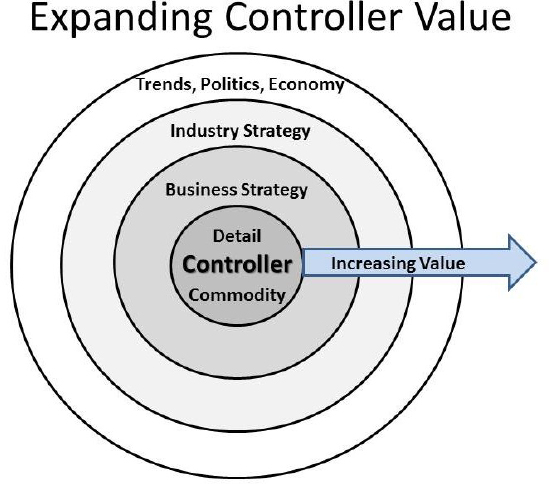Chapter 8 BIG DATA IN THE ACCOUNTING DEPARTMENT
LEARNING OBJECTIVES
After completing this chapter, you should be able to do the following:
• Distinguish among Big Data concepts that apply to accounting operations.
• Identify how data analysis can be used in the accounting department.
INTRODUCTION
Now that you have a good understanding of Big Data, how should it be applied specifically to accounting concepts? Accountants are familiar with accessing and manipulating structured accounting data, such as the following:
• Account name
• Account general ledger code
• Transaction amount
• Vendor name
• SKU number
Accountants are generally not familiar with unstructured data that are contained in memo fields, miscellaneous fields not accessed by traditional reports or databases, or systems (like email) that are built with the data in an unstructured format.
Nor are accountants familiar with streaming data in all of its forms nor in retrieving the data for analysis purposes. Examples of streaming data include social media discussions and machine sensor data. Some accountants may doubt that unstructured or streaming data will have any value. However, in the expanded role of the financial function, the concept of adding value to the organization is beyond traditional financial roles. This is best illustrated with the following image:

Source: Lindell, James, ...
Get Analytics and Big Data for Accountants now with the O’Reilly learning platform.
O’Reilly members experience books, live events, courses curated by job role, and more from O’Reilly and nearly 200 top publishers.

